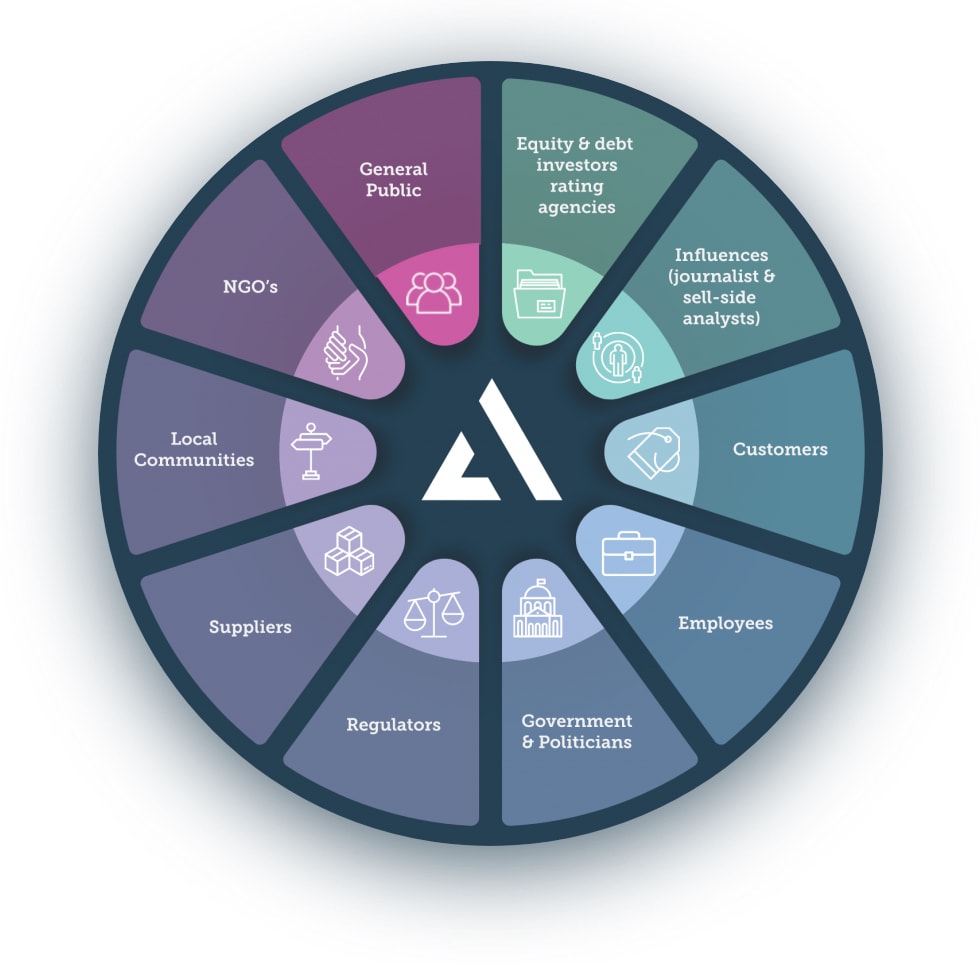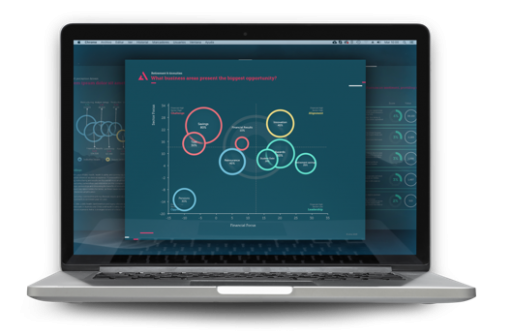Stakeholders: What, who and where
How to identify the different stakeholders in a project, business or industry, and prioritise their needs
What are stakeholders?
Simply put, the stakeholders of a business are individuals, bodies or organisations with a vested interest in its performance. Less simple is the task of identifying and prioritising the stakeholders that matter to your organisation.
Part of the complexity lies in the breadth and variety of potential stakeholders. Every organisation has internal and external stakeholders, also described as primary and secondary. Internally, stakeholders include employees, project teams, managers, the board of directors and shareholders. Primary stakeholders are individuals that have a direct influence on and are directly impacted by the performance of the company.
Secondary stakeholders, meanwhile, are far from secondary in importance. This diverse group of stakeholders includes customers, government agencies, regulatory bodies, trade unions, local communities, the wider world, NGOs, and the media.
Who are your stakeholders?
At a macro level, all of these stakeholder groups are important to your business. At a micro level, some will be more influential than others, and should be prioritised accordingly. A few stakeholder groups will be utterly crucial to your business’s success. Failing to understand who they are, what they want, and how to deliver on their interests will result in the failure of your organisation. A communication plan that reaches and chimes with your most important stakeholders is vital.
From the smallest teams to international operations, stakeholder influence matters at every level of the business. In project management, for example, a successful project relies on bringing all of the project stakeholders on board. To secure their investment, the manager needs to recognise the priorities of each, and ensure these are met. The project sponsor needs to believe in the outcomes of the project in order to keep endorsing it. Each team member needs to feel job satisfaction, and that their contribution is recognised and rewarded. And the end customer has to want to purchase the final product or service.
The project stakeholder model can be extrapolated to business units, the company as a whole, and industry sectors. The importance increasingly applied to models of shareholder capitalism that create long-term value for all, versus single-focus shareholder capitalism profit-based business plans, reinforces the need for effective stakeholder management. Which is why understanding who your stakeholders are, and what they want, is central to success.

What stakeholders want
Stakeholder management begins with understanding and categorising your key stakeholders by the impact they have on your business. Different types of stakeholders play different roles in your company. Broadly speaking, they can be categorised as internal and external, and fall within the following groups:
Internal
• Employees: Business success is rooted in the ability to attract and retain talent. Progressive corporate governance and visible corporate responsibility towards employees is essential. People want to work for businesses that offer a sense of purpose, share their priorities, and reward them in meaningful ways.
• Management: Project leaders and managers are internal stakeholders with a direct focus on company performance. Their role is to achieve the business’s aims, and their priorities are the autonomy, authority and support they need to do so.
• Board of directors: Maximising business operations to achieve good returns for investors and the ability to invest in company are the key priorities for the board.
• Investors: Although not always located within the business, shareholders are internal stakeholders because they benefit directly from its success, in the form of dividend payments.
External
• Customers: Customers are primarily concerned with the quality of product or service they are purchasing. But a growing awareness of the impact of business on society and the environment means customer priorities also include environmental, social and governance (ESG) criteria.
• Governments and regulators: Governments and industry bodies regulate businesses for financial, social and environmental reasons. Their role is to ensure companies are able to pay their taxes, fulfil their social responsibilities and operate sustainably.
• Communities: Classed as indirect stakeholders, the influence of local communities can nonetheless be substantial. They provide a workforce, potential customers, and grant licence for a company to operate in their environs. The social contract formed with local communities is central to a business’s corporate social responsibility commitments.
• Suppliers: For suppliers, timely payment, regular orders, reasonable lead times and good communication are all important. In return, your company will benefit from a reliable, loyal supply chain.
• Observers: Other organisations also have an indirect interest in your business. They may not be immediately impacted by it, but could influence your outcomes. NGOs campaigning on issues in your sector. Media outlets tagging you in positive or negative reporting. Consumers who could be converted into future customers. Potential investors, competitors or partners. All of these can be classed as observers, and are the most challenging stakeholders to influence through your communication plan.
Where stakeholders are found
While the above general definitions can be applied to most businesses, the importance of different stakeholder groups varies by sector. So too does the priority you need to accord them. The industry your business operates within will determine the weighting of stakeholder groups within your stakeholder management strategy. As the below examples show, the difference can be substantial.
• Tourism: Positive coverage can make a hotel, destination or restaurant (media). Its staff are equally influential once customers arrive. Nearby residents supply employees and customers (local communities). Government grants and campaigns are key. Similar businesses are likely to be sharing resources and customers (competitors).
• Extraction industries: Stakeholders include people directly affected by mining activities (local communities). A skilled workforce (employees, often from the local community). Advocacy groups that oppose mining operations (NGOs). Small-scale miners who have been working the sites for generations (potential partners, local community). Regulators protecting the environment and working conditions. Farmers depending on the same land and water resources (potential competitors).
• Healthcare: Patients are key stakeholders (comparable to, but very different from customers). Providers, both institutions (the supply chain) and professionals (employees and managers). The payors funding healthcare (investors) and policymakers (regulators). Stakeholder prioritisation alters depending on the area of healthcare, be it primary care, pharma, biotech or medical devices.
• Retail: A supermarket, for example, needs to prioritise colleagues and partners who may also be shareholders (employees and investors). External shareholders require substantial profits (investors). The board of directors is responsible to those shareholders. Farmers, manufacturers, transport companies (suppliers). Local communities who supply employees, the majority of customers, and have the power to oppose new stores and expansion.
Be part of the
Stakeholder Intelligence community









